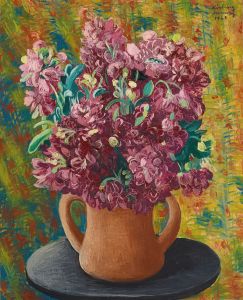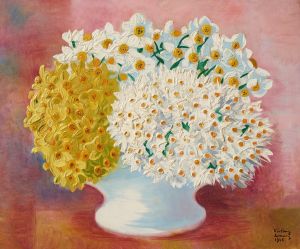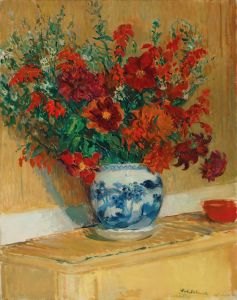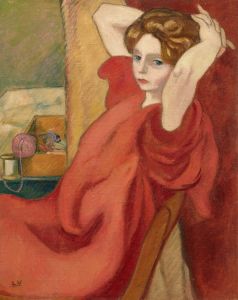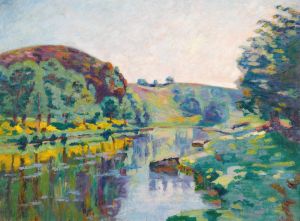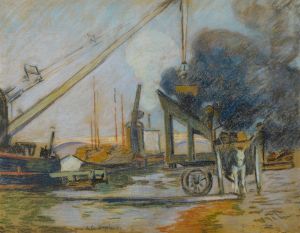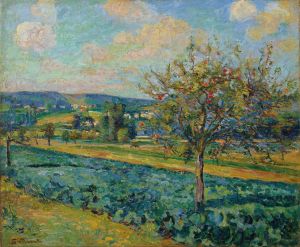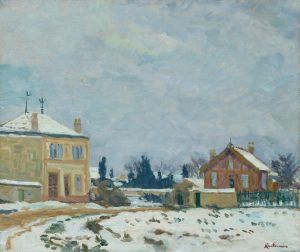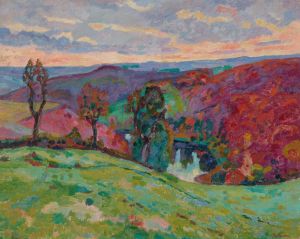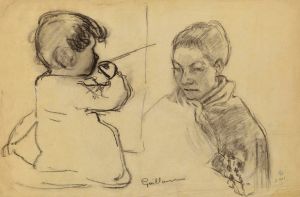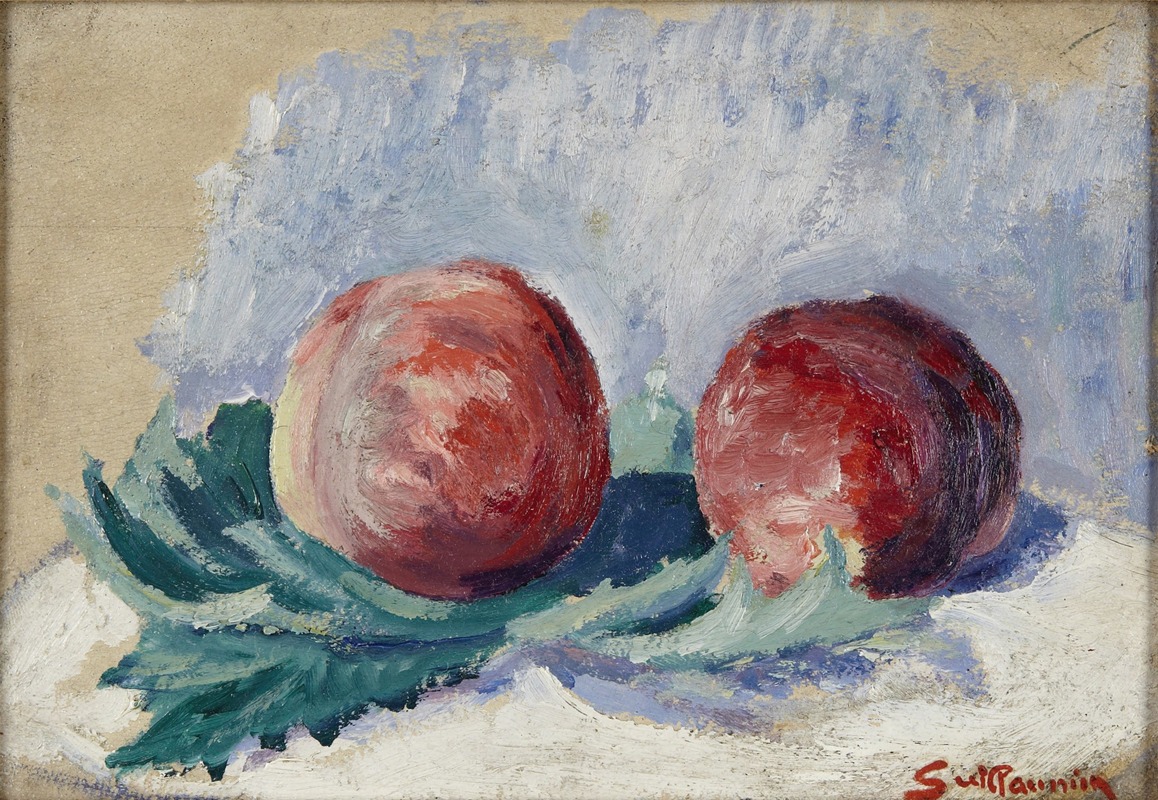
Still Life
A hand-painted replica of Armand Guillaumin’s masterpiece Still Life, meticulously crafted by professional artists to capture the true essence of the original. Each piece is created with museum-quality canvas and rare mineral pigments, carefully painted by experienced artists with delicate brushstrokes and rich, layered colors to perfectly recreate the texture of the original artwork. Unlike machine-printed reproductions, this hand-painted version brings the painting to life, infused with the artist’s emotions and skill in every stroke. Whether for personal collection or home decoration, it instantly elevates the artistic atmosphere of any space.
Armand Guillaumin was a French impressionist painter known for his vibrant use of color and his depictions of landscapes and urban scenes. Born in Paris on February 16, 1841, Guillaumin was a contemporary of other notable impressionists such as Claude Monet, Camille Pissarro, and Paul Cézanne. Although he is primarily celebrated for his landscapes, Guillaumin also created still life paintings, which, while less numerous, reflect his distinctive style and approach to color and form.
"Still Life" by Armand Guillaumin is one of his works that showcases his ability to capture the essence of everyday objects with a vivid palette and dynamic brushwork. While specific details about this particular painting are scarce, it is consistent with the characteristics of Guillaumin's broader body of work. His still life paintings often feature a rich interplay of colors and a focus on the effects of light, which are hallmarks of the impressionist movement.
Guillaumin's approach to still life was influenced by his background and the artistic environment of his time. He studied at the Académie Suisse in Paris, where he met and formed friendships with other artists who would become key figures in the impressionist movement. These interactions undoubtedly influenced his artistic development and his embrace of impressionism's emphasis on capturing the transient effects of light and color.
In his still life compositions, Guillaumin often chose simple, everyday objects as his subjects. These might include arrangements of fruit, flowers, or household items, depicted with a sense of immediacy and vibrancy. His use of bold colors and loose brushstrokes imbues these objects with a sense of life and movement, inviting viewers to see the beauty in the ordinary.
Guillaumin's work, including his still life paintings, was part of the broader impressionist movement that sought to break away from the rigid conventions of academic art. Impressionists aimed to capture the fleeting moments of modern life, emphasizing the play of light and color over detailed realism. Guillaumin's still life paintings reflect this ethos, as they focus on the visual experience of the subject rather than its precise representation.
Throughout his career, Guillaumin participated in several impressionist exhibitions, gaining recognition for his unique style and contributions to the movement. Despite not achieving the same level of fame as some of his contemporaries during his lifetime, his work has been increasingly appreciated for its vibrant color and expressive qualities.
In summary, while specific information about the painting "Still Life" by Armand Guillaumin is limited, it can be understood within the context of his broader artistic practice. His still life works, like his landscapes, are characterized by a bold use of color and an impressionist approach to capturing the essence of his subjects. Guillaumin's contributions to the impressionist movement and his distinctive style continue to be celebrated in the art world today.






